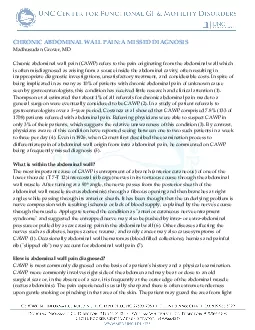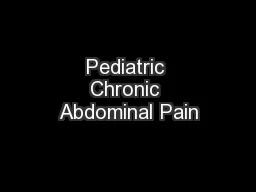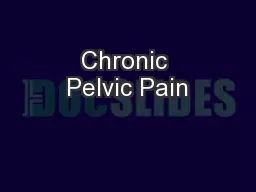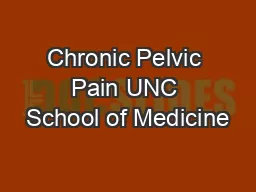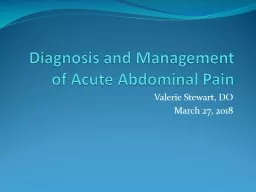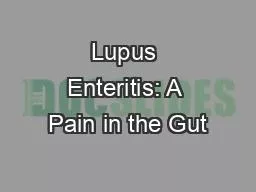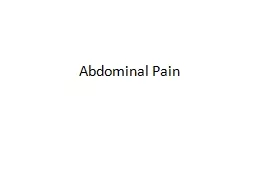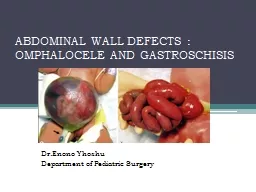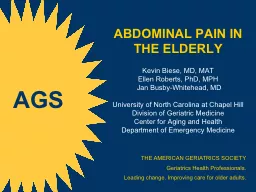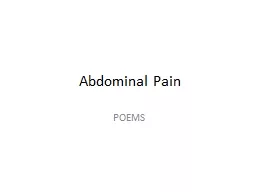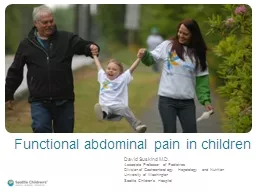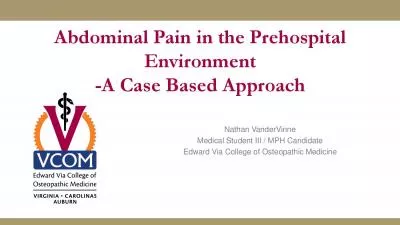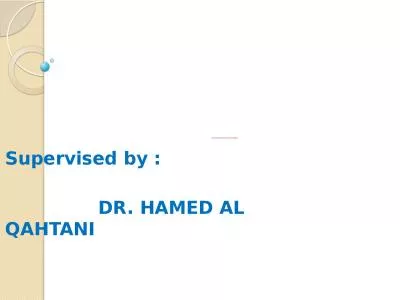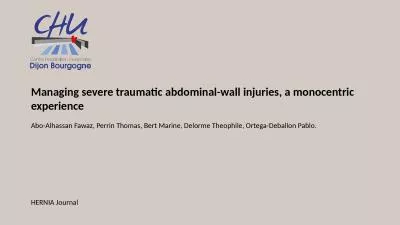PDF-CHRONIC ABDOMINAL WALL PAIN A MISSED DIAGNOSIS
Author : scarlett | Published Date : 2021-09-25
Madhusudan Grover MDChronic abdominal wall pain CAWP refers to the pain originating from the abdominal wall which is often misdiagnosed as arising from a source
Presentation Embed Code
Download Presentation
Download Presentation The PPT/PDF document "CHRONIC ABDOMINAL WALL PAIN A MISSED DIA..." is the property of its rightful owner. Permission is granted to download and print the materials on this website for personal, non-commercial use only, and to display it on your personal computer provided you do not modify the materials and that you retain all copyright notices contained in the materials. By downloading content from our website, you accept the terms of this agreement.
CHRONIC ABDOMINAL WALL PAIN A MISSED DIAGNOSIS: Transcript
Download Rules Of Document
"CHRONIC ABDOMINAL WALL PAIN A MISSED DIAGNOSIS"The content belongs to its owner. You may download and print it for personal use, without modification, and keep all copyright notices. By downloading, you agree to these terms.
Related Documents

